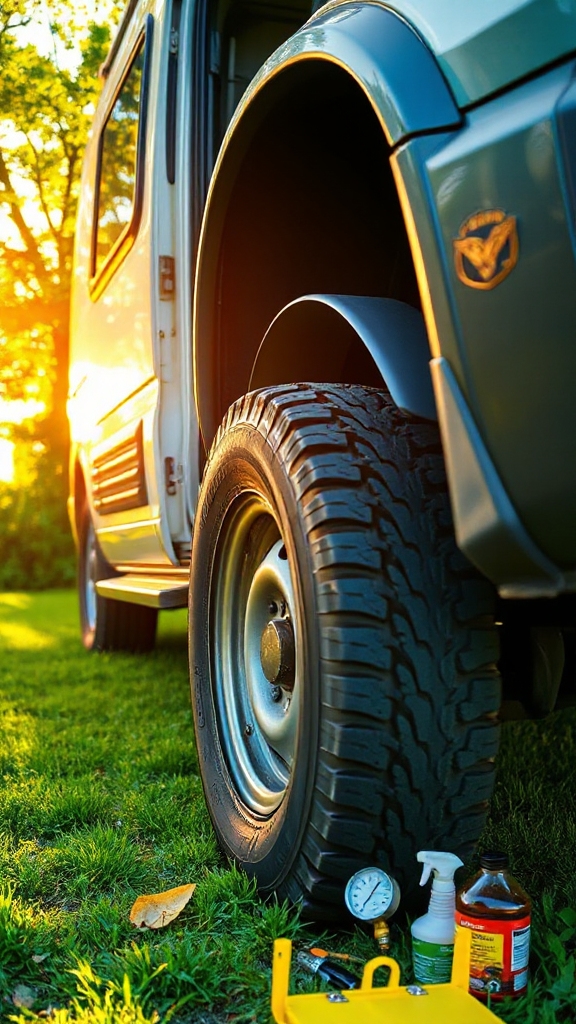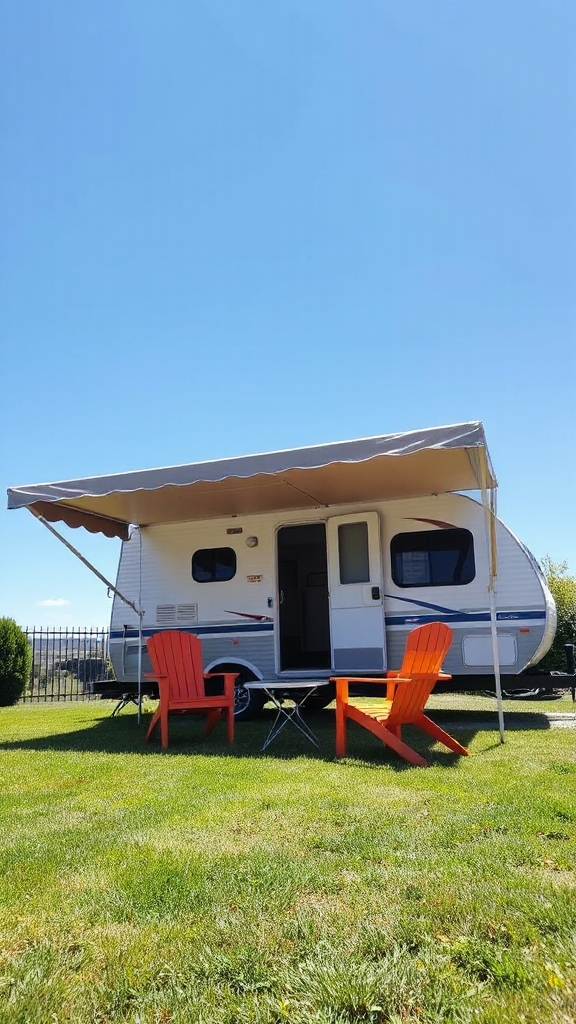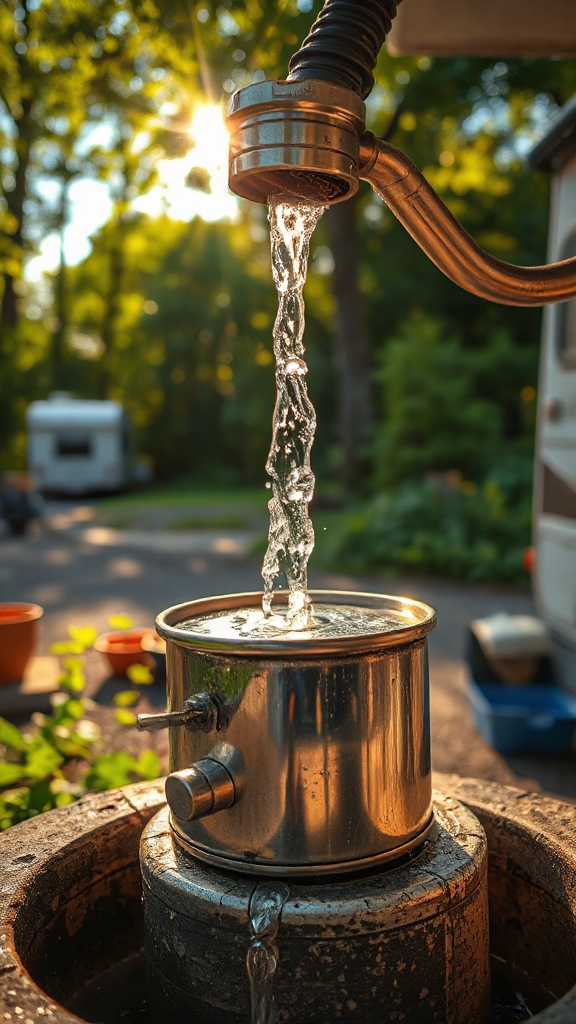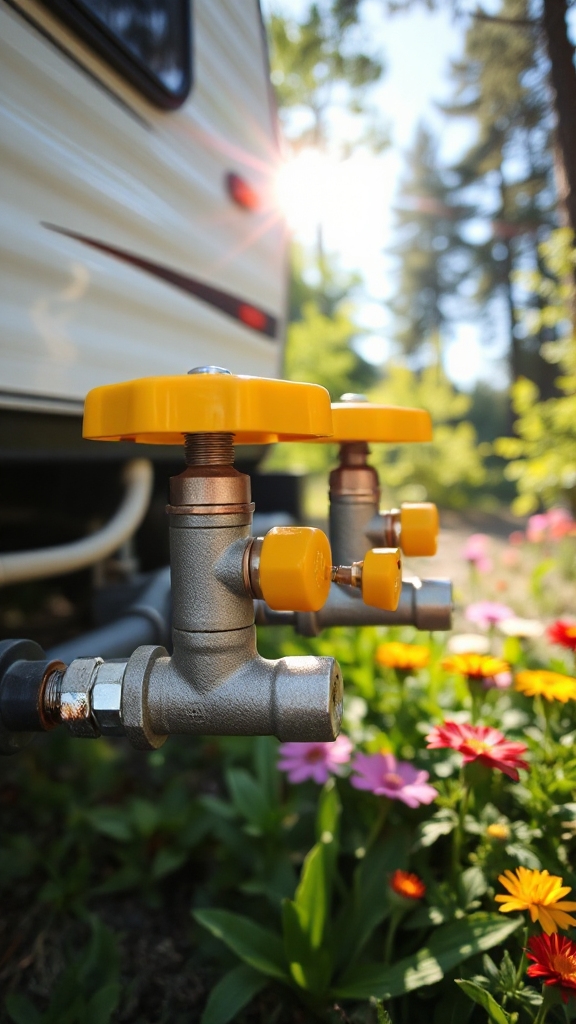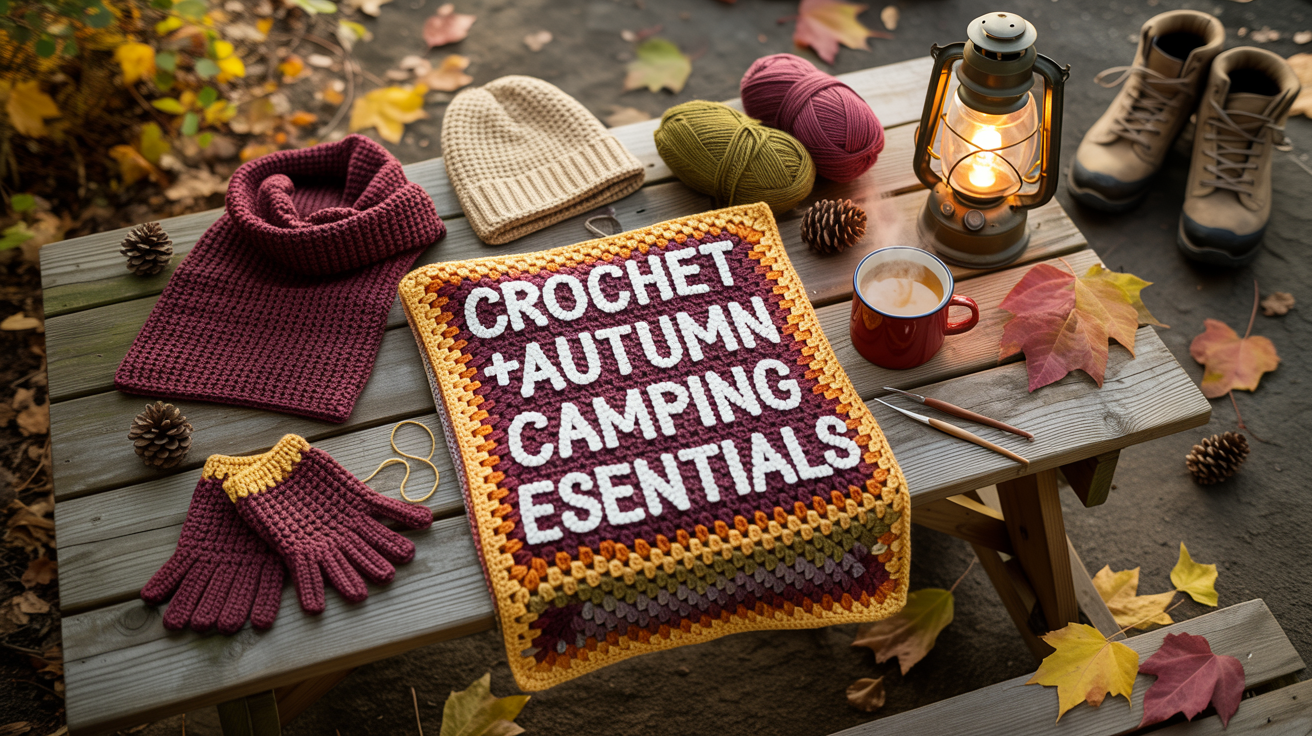Before you pack your s’mores kit and hit the highway, there’s one thing you absolutely can’t skip—making sure your camper is road-trip ready. Just a solid checklist and a little attention to detail will save you from breakdowns, busted systems, or a fridge full of spoiled food in the middle of nowhere.
Think of this like your camper’s version of a tune-up before showtime. From checking your tire pressure to testing your AC and making sure your water system is clean and safe, these tasks keep everything running the way it should—so you can focus on the fun stuff.
Let’s walk through the must-dos to make sure your summer travels are as carefree as they look on Instagram. Would you like help writing a stronger conclusion to match this new tone?
Check Those Essential Fluid Levels

Five essential fluids need regular monitoring to keep your camper running smoothly during summer adventures.
Check your engine oil, coolant, transmission fluid, brake fluid, and wiper fluid levels before hitting the road. It’s best to perform these checks when the engine’s cool, using proper tools like dipsticks and funnels.
RELATED: Your Complete Summer Guide to Coastal Camping Along California’s Shoreline!
Inspect and Rotate Your Tires
Once you’ve confirmed your fluid levels are in check, it’s time to focus on the components that keep your camper rolling safely down the road.
Check each tire’s tread depth using a gauge or penny test, aiming for at least 4/32 inch of depth. Inspect sidewalls for cracks or bulges, and don’t forget to examine valve stems for damage.
To ensure optimal site integrity, schedule regular tire inspections and maintenance checks. Rotate your tires every 5,000-8,000 miles.
RELATED: Beginner’s Guide to Renovating Your Camper for Summer Adventures!
Test Your Tire Pressure Monitoring System

A reliable Tire Pressure Monitoring System (TPMS) serves as your first line of defense against dangerous tire-related incidents on the road.
There are two main types: direct systems, offering superior accuracy but higher costs, and indirect systems, which are more affordable but less precise.
TPMS monitoring ensures prolonged tire life through consistent pressure maintenance and wear prevention. Before your summer journey, test your TPMS’s functionality, calibrate the sensors, and guarantee you’re receiving accurate real-time alerts.
RELATED: 45 Summer Campsites in the USA That Feel Like a Dream!
Clean Your AC Condenser Coils
Regular maintenance of your camper’s AC condenser coils directly impacts cooling efficiency and system longevity.
Before cleaning, cut power at the breaker panel and secure all covers. Use a Frost King Foaming Coil Cleaner, working from the base upward with even application. Let the foam dwell for 10-15 minutes, then rinse sparingly.
Monitor Your Refrigerator’s Performance

Maintaining your camper’s refrigerator performance requires systematic monitoring and proactive care to guarantee reliable operation during your travels.
Keep the unit level for ideal efficiency, regularly clean condenser coils, and check door seals. Don’t overpack shelves, as proper air circulation is essential.
Install Heat-Blocking Window Covers
While summer temperatures can soar to uncomfortable levels, installing heat-blocking window covers in your camper provides an effective defense against radiant heat and harsh sunlight.
Choose materials like Reflectix foil or Arctic-grade vinyl with felt backing, and use a template-first approach for precise fitting.
Verify Your Awning Operation
A properly functioning awning serves as your camper’s first line of defense against harsh summer elements, making thorough operational verification essential before any camping trip.
Start by inspecting the fabric for tears and testing the extension mechanism. Lubricate moving parts, check mounting brackets, and verify proper tension adjustments.
Sanitize Your Fresh Water System
Regular sanitization of your fresh water system stands as one of the most critical maintenance tasks for ensuring safe, clean water during your camping adventures.
Mix 1/4 cup of bleach per 16 gallons of water, run it through your system, and let it sit overnight. After soaking, thoroughly flush the system with fresh water until there’s no bleach smell.
Look for Plumbing System Leaks
Keeping your camper’s plumbing system leak-free requires three essential inspection approaches: visual checks, pressure testing, and specialized detection tools.
Start by examining under sinks and cabinets for water stains. Then pressure test your lines using an air compressor set to 25-30 PSI.
Flush Your Water Heater
Three critical steps will help you maintain your camper’s water heater: draining, descaling, and component cleaning.
Start by powering off the unit and activating bypass mode before draining completely. Mix equal parts vinegar and water to remove mineral buildup, letting it sit for 4-6 hours.
Examine All External Seals

While maintaining your camper’s water systems is essential, protecting its exterior from the elements requires equal attention.
You’ll need to inspect all external seals at least twice yearly, focusing on roof edges, windows, and door frames. Use your fingers to check for air pockets, and clean seals with mild soap before applying silicone-based protectants to maintain their integrity.
Regular testing of your camper’s wastewater valves confirms proper operation and prevents costly repairs down the road.
Check your black, gray, and freshwater valves monthly by operating them while wearing protective gloves. Look for leaks around seals, guarantee smooth movement, and verify secure connections.
If you notice sticking or resistance, apply appropriate lubricant and consider consulting a professional for maintenance.
Perform an LP Gas Safety Check
Keeping your camper’s LP gas system in safe working order requires thorough and consistent inspection.
Start by checking all connections and hoses for signs of wear, applying soapy water to detect any leaks. Don’t forget to test your propane detectors and replace their batteries.
Verify All Appliance Functions
Once you’ve confirmed your LP gas system is safe, checking each appliance’s functionality becomes your next priority.
Test your refrigerator in both electric and gas modes, verify all stove burners ignite properly, and make sure your water heater reaches ideal temperature.
Inspect Your Electrical Systems

A thorough electrical system inspection stands as one of your most critical safety priorities before summer camping.
Check all wiring for damage and tighten loose connections, paying close attention to your shore power system and GFCI outlets.
Test your converter’s voltage output, inspect the 12V fuse block for issues, and don’t forget to verify that all safety systems, including smoke and LP detectors, work properly.
Test Your Battery Performance
Regular battery testing serves as the cornerstone of reliable camper operation, especially before summer adventures begin.
Start by checking your battery’s voltage with a multimeter and verify terminals are clean and corrosion-free. You must perform a load test to simulate real usage conditions, and don’t forget to monitor specific gravity levels if you’re using lead-acid batteries.
Check All GFCI Outlets

GFCI outlets play a critical role in your camper’s electrical safety system, making their inspection an essential part of summer maintenance.
Start by pressing each outlet’s TEST button to confirm proper operation, then check nearby outlets to understand their connections.
Seal Your Roof Components
Proper roof sealing stands as one of the most essential maintenance tasks for protecting your camper’s interior from water damage.
Get the appropriate sealants, a caulking gun, and cleaning materials for thorough preparation. Apply a consistent bead of compatible sealant around vents and seams, ensuring you’ve cleaned and dried all surfaces first.
Service Your Slide-Out System

While slide-out systems enhance your camper’s living space, they require consistent maintenance to function reliably.
Keep the mechanisms clean by removing debris from the roof and seals, then lubricate tracks with dry lubricant twice yearly.
Inspect seals regularly for wear, and don’t forget to check all corners for potential leaks.
Review Exterior Caulking
Maintaining your camper’s exterior caulking serves as a critical defense against water damage and structural deterioration.
Inspect seals every six months, paying close attention to windows, doors, and seams. When replacing old sealant, use a plastic putty knife and camper-specific products like Dicor or Sikaflex.
Protect Your Rubber Roof
A well-maintained rubber roof stands as your camper’s first line of defense against the elements.
Clean it every three months with mild detergent like Dawn, using a medium bristle brush and avoiding harsh chemicals.
Inspect for damage twice yearly, and apply manufacturer-recommended conditioners to protect against UV rays.
Check Your Fire Safety Equipment
Proper fire safety equipment serves as your lifeline during camping emergencies. Install ABC-rated extinguishers near exits and verify their pressure gauges monthly.
Check that units are stored within safe temperature ranges (-40°F to +120°F) and train everyone on the PASS technique.
Test All Safety Detectors
Since your family’s safety depends on early detection of hazards, reliable safety detectors serve as your essential first line of defense in your camper.
Test your smoke, carbon monoxide, and LP gas detectors monthly, ensuring they’re clean and functioning properly.
Replace batteries annually, and don’t forget to check your dual-sensor smoke detectors, which use both ionization and photoelectric technologies for thorough protection.
Stock Your Emergency Kit

Building on your commitment to safety monitoring, maintaining a well-stocked emergency kit provides essential protection during your summer camping adventures.
Stock your kit with roadside safety items like flares and tow straps, a thorough first aid kit, navigation tools, and critical repair equipment.
Verify Your Spare Tire Setup

Safeguarding your summer adventures starts with a thorough inspection of your spare tire setup.
Check that your spare matches your axle configuration, wheel type, and lug pattern. Practice changing the tire before your trip, and make certain you’ve packed essential tools like a torque wrench and wheel chocks.

